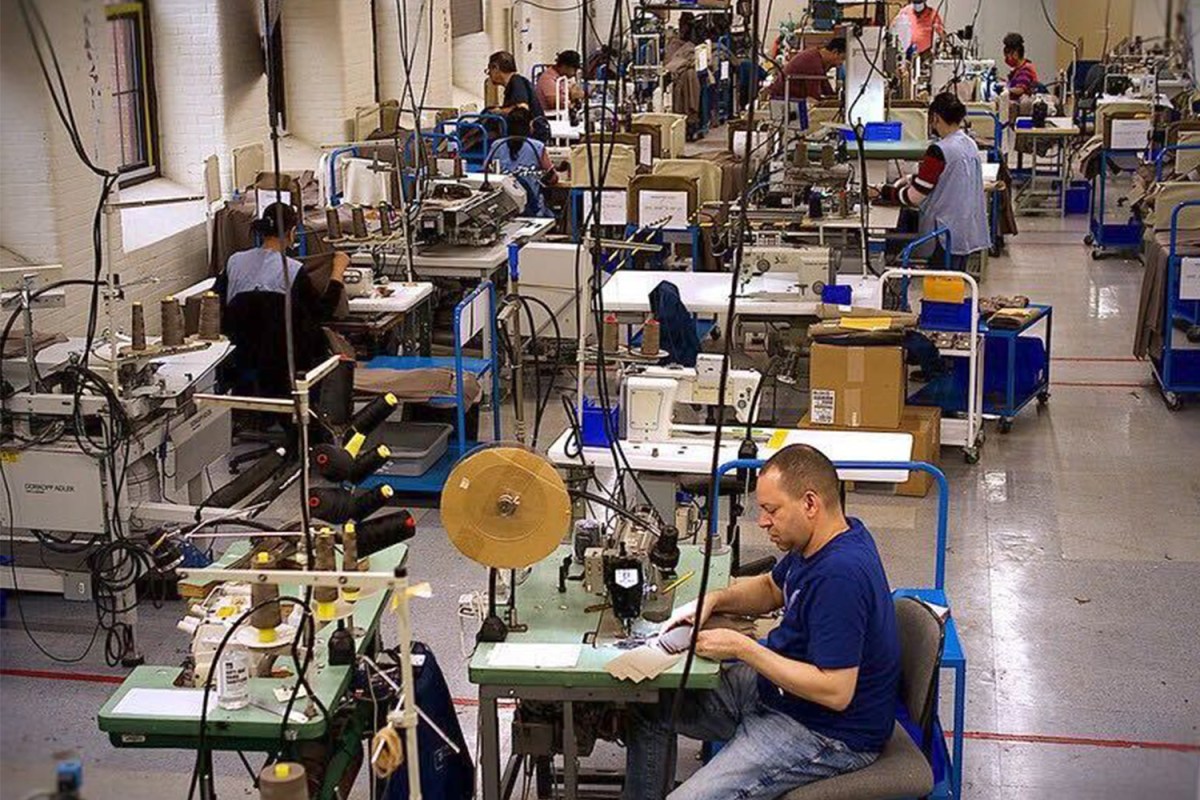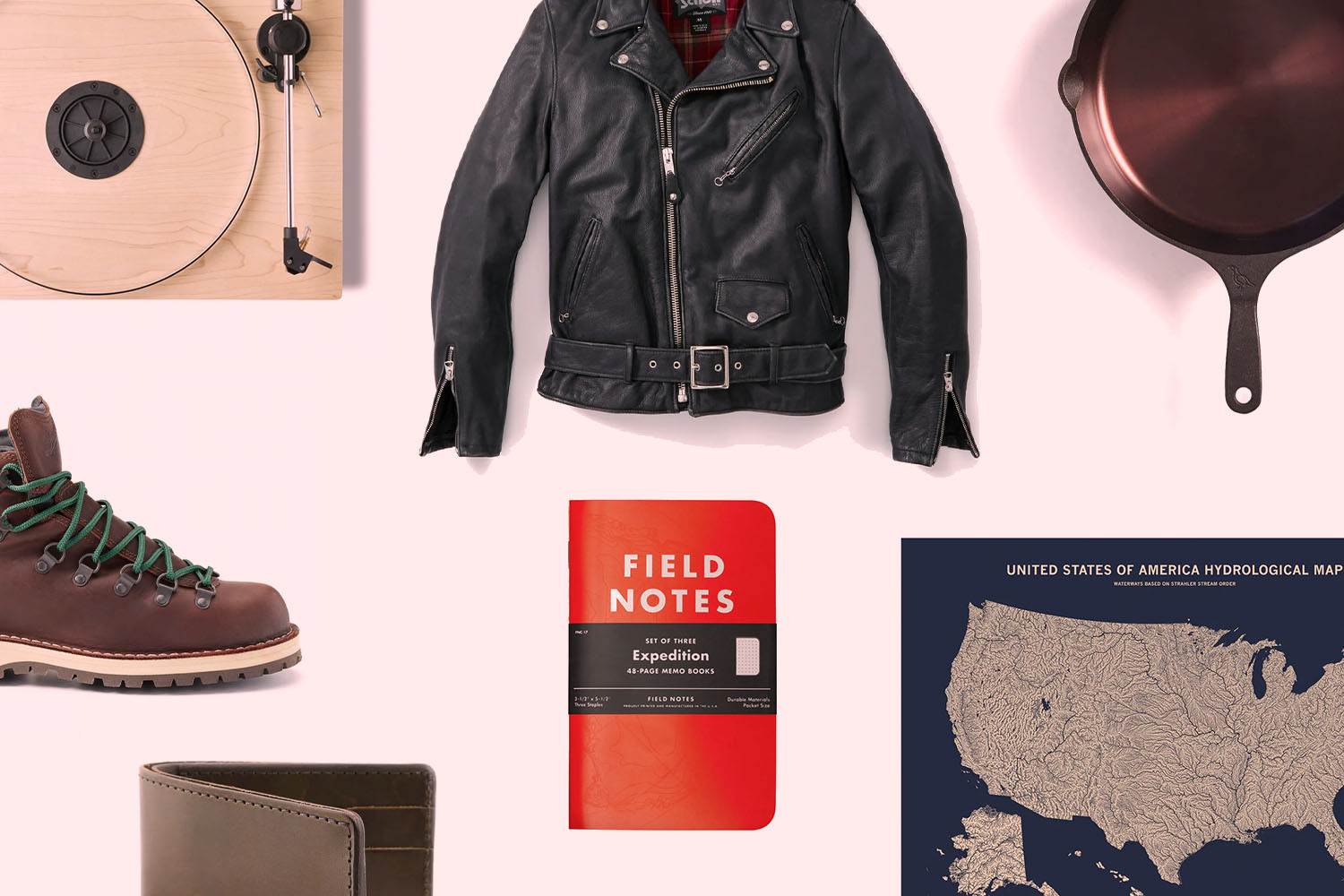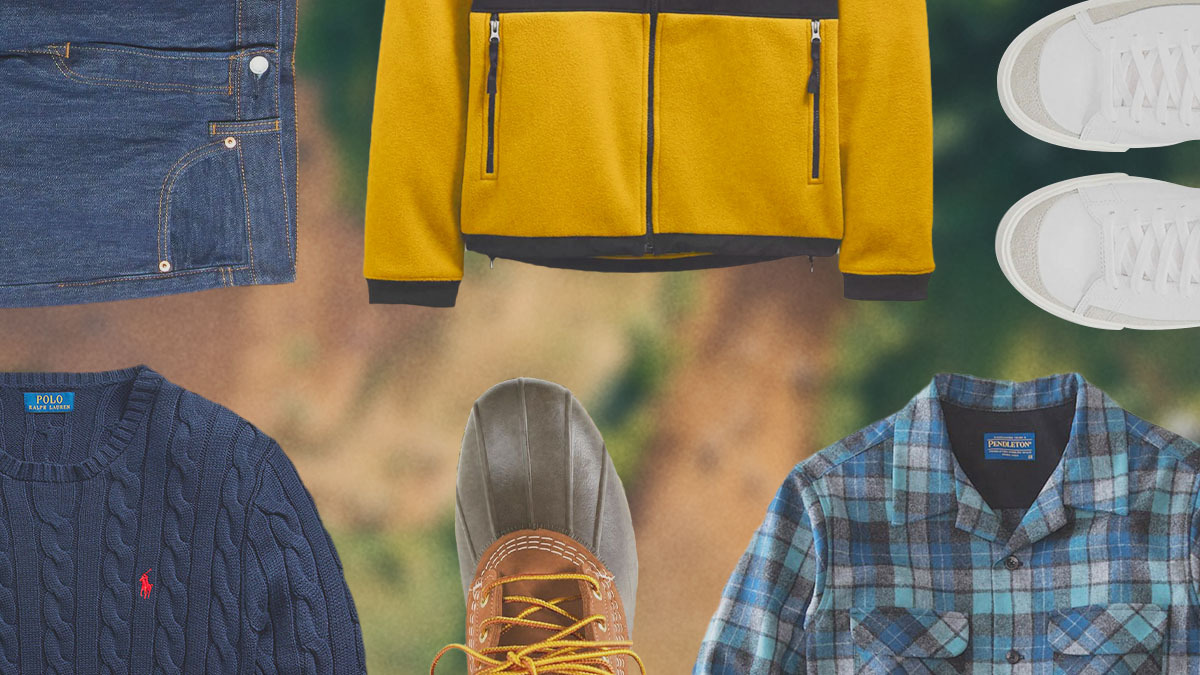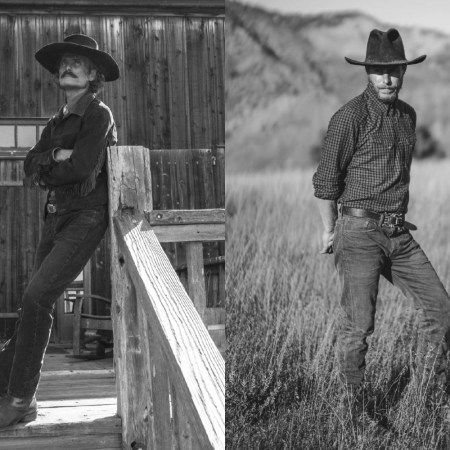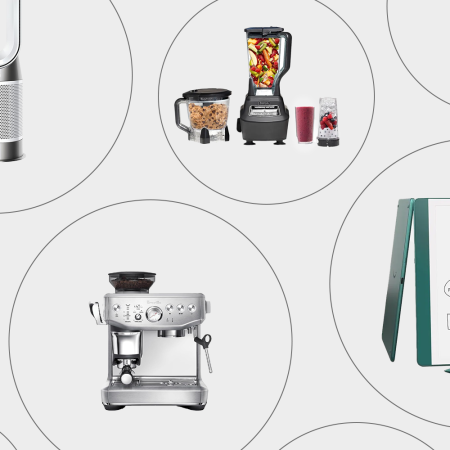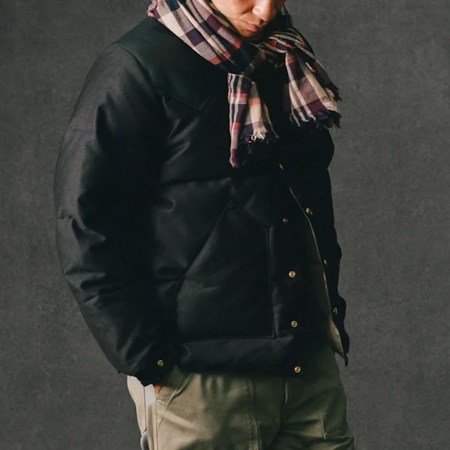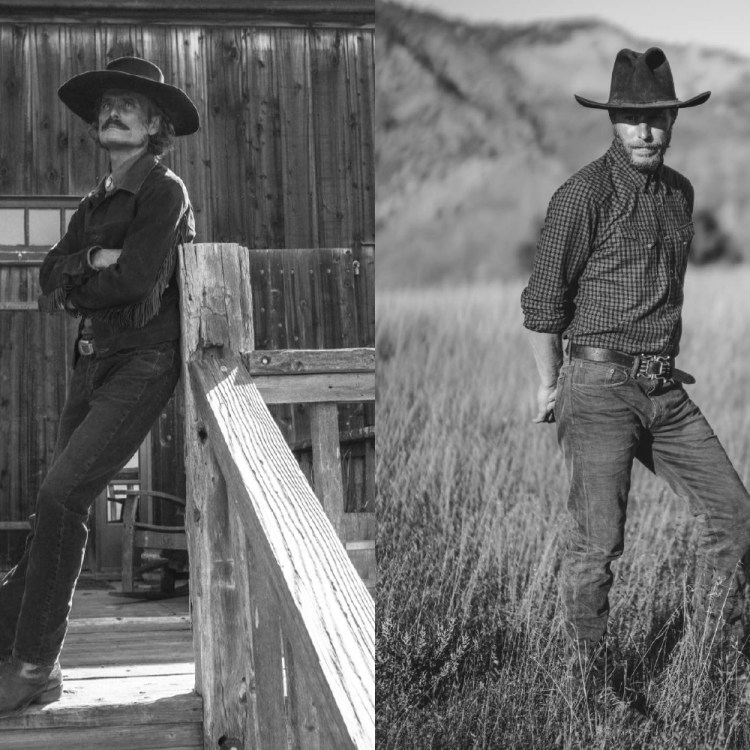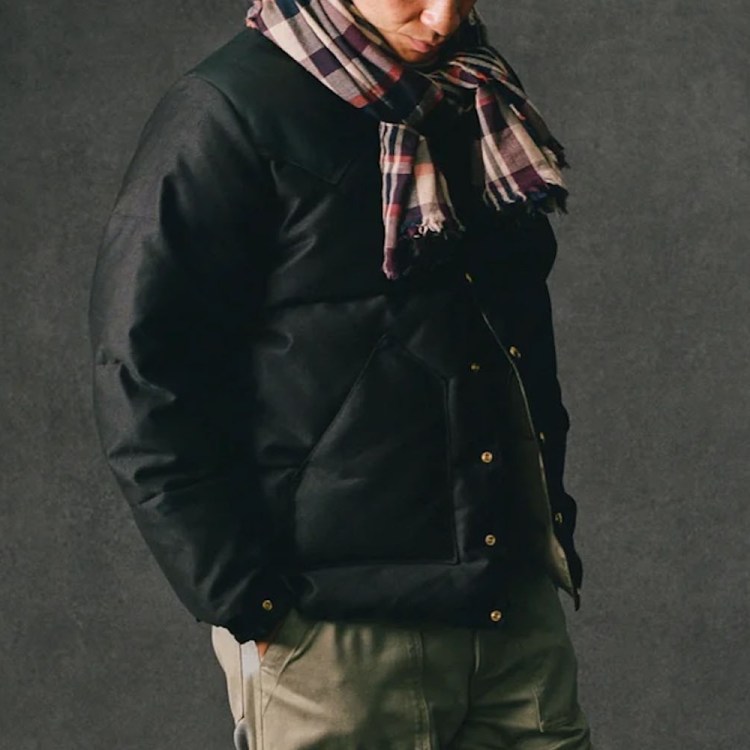American garment manufacturing, long on the ropes, seemed to receive a knockout blow in the summer of 2020. Within the space of a month, three iconic factories long synonymous with American-made clothing — Gitman Bros. in Ashland, PA; the Garland Shirt Company in Garland, NC; and Southwick in Haverhill, MA — announced their permanent closures, citing the effects of the Covid-19 pandemic — and in the case of the latter two makers, the impending bankruptcy of their parent company Brooks Brothers.
The shuttering of the Gitman factory hit closest to home, as I’d grown up in the next town over and proudly worn their shirts for much of my adult life. So I was pleasantly surprised to see an Instagram post from the brand this past July showing that shirts were again being sewn in the 90-year-old facility.
It’s a development that seemed to take Gitman Bros. president Chris Olberding by surprise as well.
“It was unthinkable, really, two years ago in the situation we were in,” Olberding tells InsideHook. “It was the strength of the product, sales, and having a core group of people who were very interested in getting back to making a Gitman product. So, it really worked out well for everybody.”
The longer story is that after closing the Ashland facility in the fall of 2020 and consolidating operations at a sister facility in Tennessee, Gitman found that it had enough demand to bring its original facility — which it still owned — back online in March 2022. It wasn’t a full restoration of how things had been before: the facility, which had also acted as an operational warehouse and hosted a front office, is now focused exclusively on shirt production, and it employs 30 sewers versus the 80 it had previous to the closure.
However, Olberding says that nearly all of that number are re-hires who had worked at the factory previously, and that the company sees its return to Ashland as being permanent. “I’d like to keep that continuing for as long as I can, and I see no reason why it should be interrupted again,” he says.
The resurrection of its original factory feels like a miracle, but Gitman is still facing plenty of real-world challenges. In specific, Olberding cites rising costs, finding qualified employees, and a strong dollar that hampers exports — a particular concern for Gitman, which, after the United States, counts Japan and the UK as its biggest markets.
There’s also a feeling that “Made in the U.S.A.” doesn’t have the same resonance it did roughly a decade ago, when sites like A Continuous Lean and innumerable Tumblr accounts extolled the virtues of American-made.
“Now I think people are really driven by price,” Olberding says of shifting consumer priorities. “If they’re a real diehard then yes, they’re looking at [made in the U.S.A].”
15 Perfect American-Made Products to Remind You That Good Things Still Happen Here
On the off chance you were looking for something, anything, to feel good aboutFarther north, Southwick was not so lucky. After shutting down in July 2020 its Haverhill factory became an Amazon distribution center, and the rights to its name were sold to the Japanese retailer Ships. But May Tan, who before Southwick’s closure served as CFO of Golden Fleece Manufacturing, a Brooks Brothers subsidiary responsible for its domestic factories, is trying to keep former workers employed through a new company called Southwick Social Ventures and its first label, Lawrence Trousers.
“I was trying to solve the problem of, ‘How do I get people jobs?” she says of the business’s origins. “I wasn’t trying to make a better pant. I was trying to make sure that these people who were displaced got jobs.”
But on my visit to its factory floor in a 146-year-old, red-brick textile mill in Lawrence, Massachusetts — which, ironically, is the same building where Southwick got its start in 1929 — there are indeed people making pants. The business, which Tan now helms as president, employs 30 full-time workers, 85% of which came from Southwick. That’s less than half of what Southwick, which had 65 full-timers on its pant line, employed, but Tan is focused on solving inefficiencies to achieve a similar output with a leaner work force.
Southwick was known primarily for its jackets, particularly the undarted, center-vent models it produced for traditional retailers like J. Press, O’Connell’s and The Andover Shop. Ed Pap, who serves as the executive vice president of Southwick Social Ventures, says they’d originally hoped to produce jackets as well as pants. But that effort was stymied by the building’s inability to support more steam-heavy machinery, and the exit of experienced labor.
“I think we have lost the ability to make coats locally, because a lot of the people who used or had that experience have pretty much left the business,” Pap says.
So, for now, it’s pants, to the tune of 800 pairs a week. On the day of my visit, the floor is bustling to put together U.S. army dress pants, a continuation of a five-year contract that gave the factory its start in March 2021. The Lawrence Trouser label was launched earlier this year with two models—a Japanese cotton chino and a wool gabardine dress trouser—which it currently sells to a number small retailers including The Andover Shop and through its own website.
“Our future, no matter how you look at it, is being direct to consumer,” Pap says of its long-term plans. “The stores are great, and I think it’s a good way to get to our volume to a certain extent, but they’re really small stores and they’re very fragmented. So, it’s how do we work the brand so that people will go directly to our store and get that connection? That’s the battle.”
To that point, Pap says that their biggest challenge is “people realizing that we exist,” adding that hiring a PR firm is too expensive and the success of its online advertising has been mixed. And echoing Olberding, Pap observes that a “made in America” story only gets you so far in 2022.
The 20 American Heritage Brands Every Guy Should Know
With age, comes wisdom…and great apparel“It gives you a marketing edge, but if you cannot be competitive on the quality or the pricing, you’re going to suffer.”
Down south, Garland serves as another example of a revivified American factory, though its resurrection came at the hands of a new owner. After being closed around the same time as Southwick in 2020, it was purchased by a family-owned holding company in June 2021 and brought back online that October. Since that time, the factory has been making garments for the U.S. Navy in addition to classic labels like J. Press and Bill Khaki’s, and is even sewing its signature product—the Brooks Brothers oxford cloth button-down—for its former owner again.
Kenneth Ragland, who serves as a managing partner for the newly formed Garland Apparel Group, estimates that between 85 to 90 of the factory’s current workers are re-hires from its Brooks Brothers days. While that represents a significant chunk of the 150 employees Garland supported in its last incarnation, Ragland says that hiring additional labor to satisfy increasing demand has proved challenging.
“For every ten people that we hire, if three people show up for their first day, we’re doing good. Of the three, maybe two will stick,” he says.
While Ragland chalks that up to stiff labor competition, he also thinks it’s a matter of primary care takers being unable to work the factory’s full, nine-hour shifts. In response, management is considering the possibility of offering shorter shifts that would still allow parents to drop off and pick up their children from school.
“If we can hire 25-30 people on a six-hour shift, we would be able to maintain a pretty high degree of efficiency, he says. “As a result, we would give up a couple of hours each day, but the alternative is that I can’t find people.”
But the biggest challenge to the factory’s long-term future — and that of American garment manufacturing generally —is competing with foreign-made goods that can sell for half the price of an American-made garment, even after freight and import duties are applied.
“Lots of people love the idea of ‘made in the U.S.A.’, but lots of people don’t want to pay the premium that goes into ‘made in the U.S.A.’, and we run into that every day,” says Ragland.
At the end of a hallway in Lawrence Trousers’ space is a frame that holds scores of old clothing labels, all of which were once produced in the same building. Under the glass are a few familiar names, even if the font and logo have changed — Eddie Bauer, Abercrombie & Fitch, L.L. Bean — as well as many obscure makers now lost to time: Green River Clothiers, Carroll Reed Ski Shops, The Country Fox.
It’s a glimpse into another time, which I’m tempted to think of as a different world. But I feel hesitant to do so, as that would discount what’s being made in our own backyards, by our own neighbors, in 2022.
This article appeared in an InsideHook newsletter. Sign up for free to get more on travel, wellness, style, drinking, and culture.
